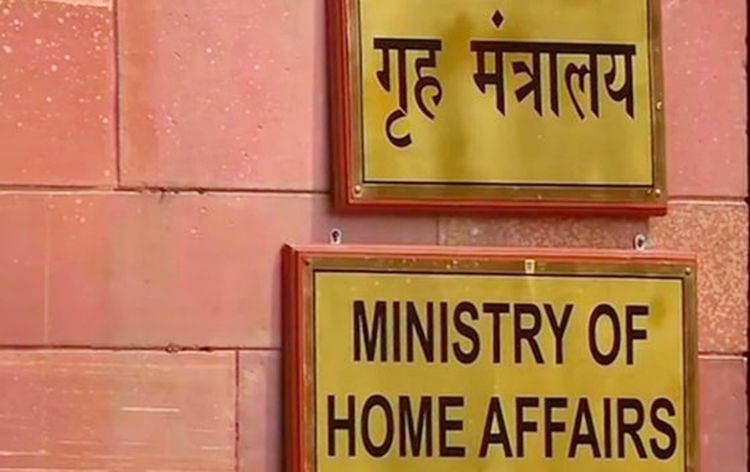
The Ministry of Home Affairs has revealed that it does not have accurate data pertaining to foreign nationals living in India, and therefore no way to ascertain financial burden posed by illegal immigrants. This is significant, as it could add fire to the entire debate surrounding “illegal immigrants” and “infiltrators”.
On July 20, 2022, during the ongoing Monsoon Session of the Parliament, Rajya Sabha Member of Parliament Subhash Chandra Bose Pilli had asked if India had plans to draft a refugee policy and if there was any estimate available for the financial burden placed by refugees (that he estimated to be 20,000 in number).
In response to his question, Minister of State for Home Affairs, Nityanand Rai said that there were existing laws that were sufficient to deal with foreign nationals. “India is not a signatory to the 1951 UN Convention relating to the Status of Refugees and the 1967 Protocol thereon,” said Rai shooting down the need for a refugee policy. He further explained, “All foreign nationals (including refuge seekers) are governed by the provisions contained in The Foreigners Act, 1946, The Registration of Foreigners Act, 1939, The Passport (Entry into India) Act, 1920 and The Citizenship Act, 1955. The existing laws for dealing with foreigners are sufficient to deal with refugees.”
With respect to financial burden posed by illegal immigrants Rai said, “Since foreign nationals claiming to be refugees try to enter into the country without valid travel documents in clandestine and surreptitious manner, accurate data regarding such foreign nationals staying in the country is not centrally available. As such there is no estimation of the financial burden imposed by such foreign nationals.”
The entire answer may be read here:
This last bit about financial burden posed by illegal immigrants is particularly significant, as those deemed “outsiders” are being dubbed “encroachers” in Assam, their dwellings razed by bulldozers. However, in most such cases, the ousted residents have claimed to be Indian citizens whose ancestors and families had migrated from other parts of the state due to soil erosion that is prevalent in the riverine region. But they face challenges on account of being Bengali speaking Muslims, as they are presumed to be Bangladeshi “infiltrators”.
In fact, two months after the Dhalpur eviction drive where firing by the Assam Police led to the deaths of two people – 28-year-old daily wage labourer Moinul Haque and 12-year-old Sheikh Farid, the Assam government told the Gauhati High Court that land has been demarcated to rehabilitate evicted and displaced people, however, their citizenship will have to be ascertained before confirming their eligibility. This once again painted the picture that the so called “encroachers” were not Indian.
Similarly, Rohingya refugees, even those who have valid refugee registration documents, have been allegedly targeted in different parts of the country. While reports of campaigns against allegedly illegal Rohingya refugees have been reported from Jammu, incidents of violence against them have been reported from Bengaluru and Hyderabad.
Readers would recall that in wake of the Ram Navami and Hanuman Jayanti communal violence, many right-wing groups, and even members of the Aam Admi Party (AAP) had squarely blamed “Rohingya-Bangladeshis” for the violence. This was used as a virtual justification for the bulldozer drive in Jahangirpuri.
Related:
Evicted families will be rehabilitated only if name appears in NRC: Assam Gov’t to Gauhati HC
Delhi: ‘Rohingya Bangladeshi’ taunts putting other Muslim dominated areas on the buldozer map?
Evolution of Bulldozer Injustice
Eye witness account from the broken heart of Jahangirpuri